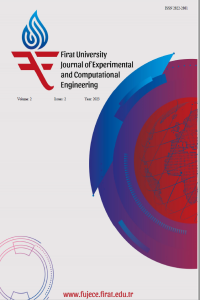Öz
Identification, verification, and student authentication to prevent impersonation during examinations are essential. This is a
predominant issue in institutions in developing countries such as Nigeria. This paper designed and developed an enhanced student
identification and authentication system capable of verifying and admitting only duly registered students into an examination
hall in Nigerian higher educational institutions. The system uses radio frequency identification and biometrics for identification
and comprises an Arduino microcontroller, a fingerprint reader, radio frequency identification (RFID) reader with a user-friendly
desktop application. The registered students' data and fingerprints are captured and stored in the database. The verification and
authentication of the student's identity are observed when the stored information matches the identity of the student presenting
the RFID card or fingerprint. The enhanced identification system was rated as good with an average of 4.35 out of 5.0 based on
the functionality, ease of use, efficiency and user interface. The developed system is more reliable and efficient than the existing
systems in Nigerian institutions as it provides solutions for the identification and verification of students accurately.
Anahtar Kelimeler
Radio frequency Biometrics Student identification Fingerprint Arduino microcontroller
Ayrıntılar
| Birincil Dil | İngilizce |
|---|---|
| Konular | Biyomühendislik (Diğer) |
| Bölüm | Research Articles |
| Yazarlar | |
| Yayımlanma Tarihi | 14 Haziran 2023 |
| Yayımlandığı Sayı | Yıl 2023 Cilt: 2 Sayı: 2 |
Kaynak Göster
Bu eser Creative Commons Atıf-GayriTicari 4.0 Uluslararası Lisansı (CC BY NC) ile lisanslanmıştır.


